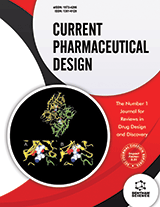Abstract
Increased visceral adiposity, is an emerging cardiovascular risk factor. There is now a compelling need to quantify visceral adipose tissue not only for diagnostic purposes, but also for therapeutic interventions with weight reduction drugs or pharmaceuticals targeted to adipose tissue, as well as anti-obesity medications, thiazolidinediones, fibrates, angiotensin receptor blockers, highly active antiretroviral therapy and hormone replacement therapy. Among visceral adipose tissues, growing evidences suggest that cardiac adiposity may play an important role in the development of an unfavorable cardiovascular risk profile. Recent papers suggest that epicardial fat, index of cardiac and visceral adiposity, could locally modulate the morphology and function of the heart. The close anatomical relationship between epicardial adipose tissue and the adjacent myocardium should readily allow local paracrine interactions between these tissues. Echocardiography has been recently proposed for the direct assessment of epicardial adipose tissue. Echocardiographic assessment of epicardial fat may be a helpful tool not only for diagnostic purposes, as marker of visceral adiposity and inflammation, but also for therapeutic interventions with drugs that can modulate the adipose tissue. In this article, epicardial adipose tissues structure, function, method of assessment and reliability as a diagnostic tool and potential therapeutic target is reviewed.
Keywords: Epicardial adipose tissue, epicardial fat, cardiac adiposity, echocardiography, therapeutic target




























